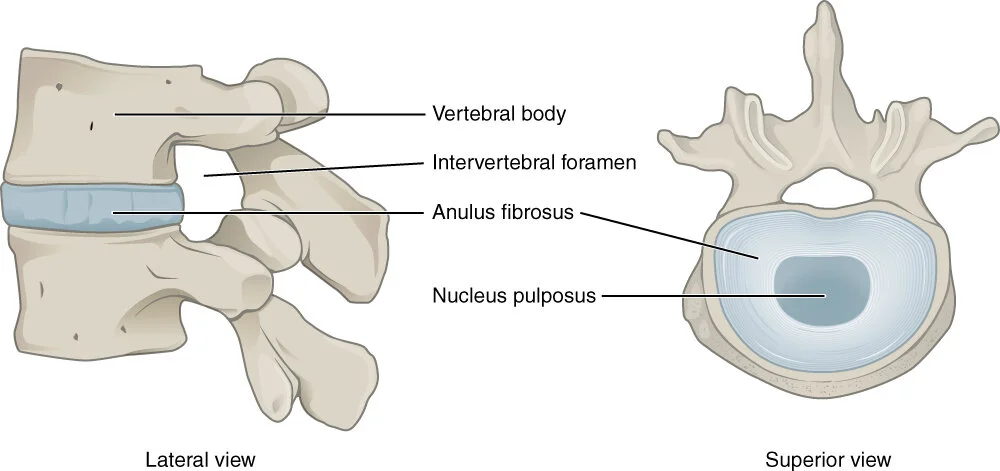All photography provided by Jared Chambers
Heal your herniated disc. Your life journey awaits.
What is disc herniation?
Disc herniation, ruptured disc, bulging disc, HNP, these are all terms which describes changes to your spinal disc from pressure placed upon it. You may feel back pain or neck pain from the irritation of the disc. You may also feel pain traveling down your buttock and legs which is called sciatica or radiculopathy. If the bulge is in your neck, you may feel the pain traveling down your arm.
Why does it happen?
Our body is a complex network of muscles holding ourselves up against all the forces and pressures of life, like the cables on the Golden Gate Bridge. If your muscles are overloaded, the extra pressure is placed on your bones and discs. This can lead to inflammation, swelling or injury of the disc.
Does it get better?
Our body has a remarkable ability to heal. And sometimes it requires additional intervention. An irritated disc can be soothed with manual therapy of the muscles and joints. You can improve it with stretching, strengthening, and coordination exercises. You can calm the nerve down with nerve stretches and glides. Your physician can help too through medication, injection, and surgical techniques.
But MRI says I have a 6 millimeter bulge?
Despite the scary words on your MRI report, there may still be hope.
On one hand a small disc bulge doesn't mean you have to have pain or weakness or numbness. One research study shows that over 60% of individuals without back pain turns out to have a lumbar disc bulge when placed under MRI.
On the other hand disc bulges can shrink and heal. In our experience we have seen patients with "big" disc bulges of 8mm go down to a 3mm disc bulge in a later MRI, and in time return to a pain free life.
What can we do to help?
We use a combination of physical therapy and taichi exercise to provide a natural, non-invasive, way to improve HNP and discs.
Yu Family Acupressure - A traditional technique to reduce pain and promote healing
Manual therapy - Helps relax and lengthen the muscles of your core, back, hip, and legs. Mobilization of your spine improves how you move and reduces pressure on your sciatic nerve.
Exercise - Simple stretches and movements to restore your flexibility and strength. Irritated discs often benefits from stretching and release of abdominal muscles and hip flexor muscles. Your ability to lift, to sit, to drive can improve with lumbar extensor strengthening. Taichi and coordination exercises to help you learn to move naturally and comfortably again. Nerve glides to reduce the pressure on your sciatic nerve.
How long will it take?
Each visit lasts 45 minutes to an hour.
The plan of care can be as short as 2 weeks. But some patients have required months. It depends on the injury, your motivation, and our combined effort. Nonetheless, you should begin to feel improvements in how you can move and how you live your life, little by little, starting from the first week.
How much does it cost?
We are in network with most PPO insurances and medicare. We also accept worker's compensation claims and automotive injury claims. You will be responsible for your insurance deductible and copay. We can contact your insurer to find out details for you but it is always recommended that you speak your your insurance company to verify as sometimes their database can be out of date.
Do you take insurance?
We are in network with most PPO insurances and medicare. We also accept worker's compensation claims and automotive injury claims. You will be responsible for your insurance deductible and copay. We can contact your insurer to find out details for you but it is always recommended that you speak your your insurance company to verify as sometimes their database can be out of date.
DOES the treatment hurt?
The treatment can cause mild discomfort comparable to a strong massage or a good workout. We aim to help you be and move comfortably again so we minimize discomfort whenever we can!
Are you sure this will work?
Most of our patients are able to return to living the life they wish without having to have surgery. Every person is different and we really need to get to know you and your condition to answer that question. If we feel that your condition would benefit from additional medical intervention beyond PT, we will happily refer you to a doctor who is right for you.
“Movement is life.”


